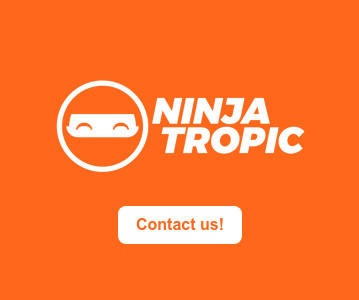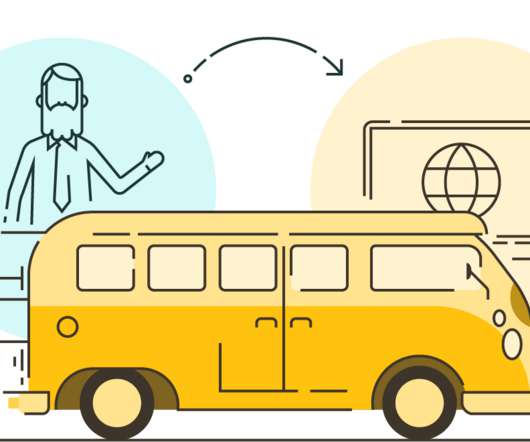Instructional Design Services Done Right: Best Instructional Design Consulting (2024)
Ninja Tropic
JANUARY 18, 2024
The learning landscape has evolved considerably over the years, and it will continue to evolve in the foreseeable future. Create a sustainable, comprehensive blended training curriculum tailored to your organization’s long-term goals. A solid instructional design is all about creating practical and compelling learning experiences.
















Let's personalize your content